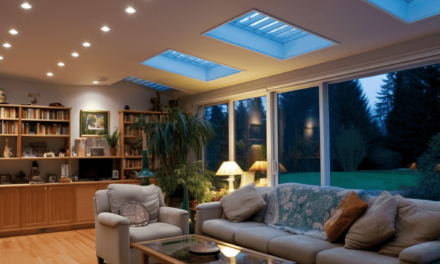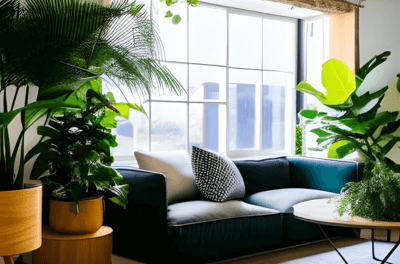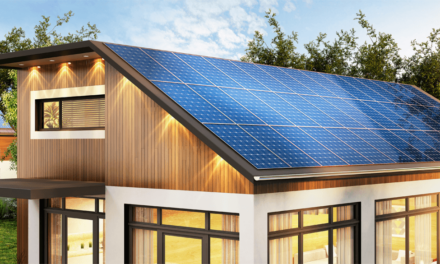The modern homeowner is not just concerned about aesthetics but also the environmental footprint of their choices. Sustainable home decor merges these interests, emphasizing both design and responsibility. Here’s a guide to understanding and integrating sustainable decor into your home.
- Understanding Sustainable Decor:
- Eco-friendly Materials: These are materials that are either recycled or sourced responsibly without causing harm to the environment.
- Longevity: Sustainable decor emphasizes durability over fast fashion, ensuring items last and don’t contribute to waste.
- Ethical Production: It’s not just about materials. How an item is produced, including fair wages and conditions for workers, is essential.
- Benefits of Sustainable Decor:
- Reduced Carbon Footprint: Using recycled materials or responsibly sourced new ones reduces the carbon footprint of the items.
- Unique and Authentic Designs: Handmade or artisan-crafted pieces often have a unique flair not found in mass-produced items.
- Improved Indoor Air Quality: Sustainable decor often avoids harmful chemicals, ensuring a healthier indoor environment.
- Tips for Choosing Sustainable Decor:
- Research Brands: Understand a brand’s sustainability commitment before purchasing.
- Repurpose & Upcycle: Before buying new, consider if an old piece can be given new life.
- Natural Materials: Opt for decor made from natural materials like bamboo, hemp, or organic cotton.
- Certifications: Look for certifications like Fair Trade, GOTS (for textiles), or FSC (for wood) that ensure sustainable practices.
- Examples of Sustainable Decor Items:
- Bamboo Furniture: Bamboo grows rapidly and is a renewable resource.
- Cork Wall Panels: Cork is harvested without harming the tree, making it a sustainable choice.
- Handmade Textiles: Items like throw pillows or blankets made by artisans ensure ethical production and unique designs.
- Recycled Glass Decor: From vases to decorative bowls, recycled glass is both beautiful and eco-friendly.
- Challenges and Considerations:
- Cost: Sustainable decor can sometimes be more expensive initially, but its durability often makes it cost-effective in the long run.
- Availability: It might be challenging to find specific items or styles, requiring a bit more research and patience.
Conclusion
Sustainable home decor represents a conscious choice to align our interior design aspirations with a commitment to the environment and ethical production. While it might require a bit more effort and investment upfront, the returns — both for the planet and the unique aesthetic appeal of your home — are immeasurable.






